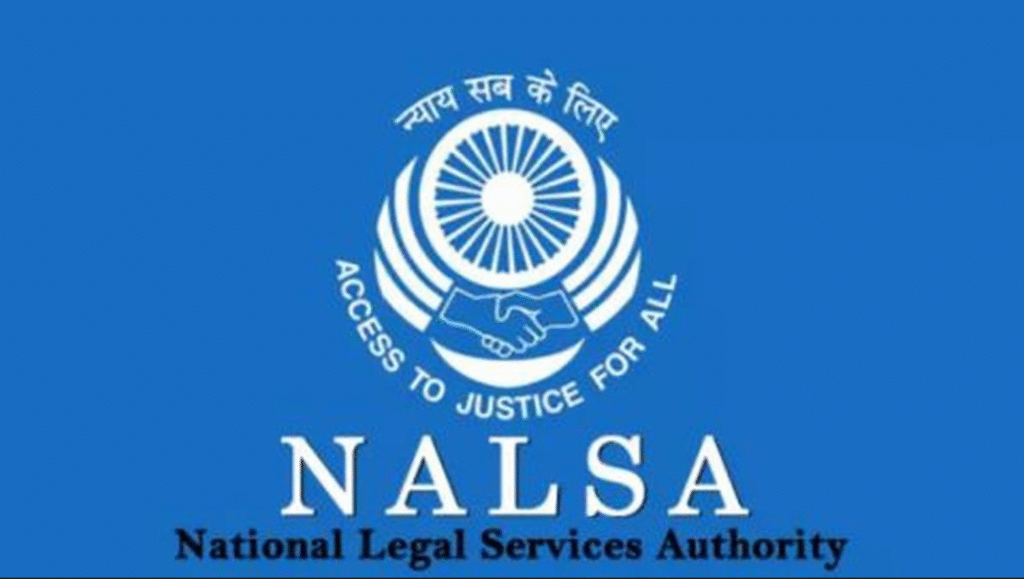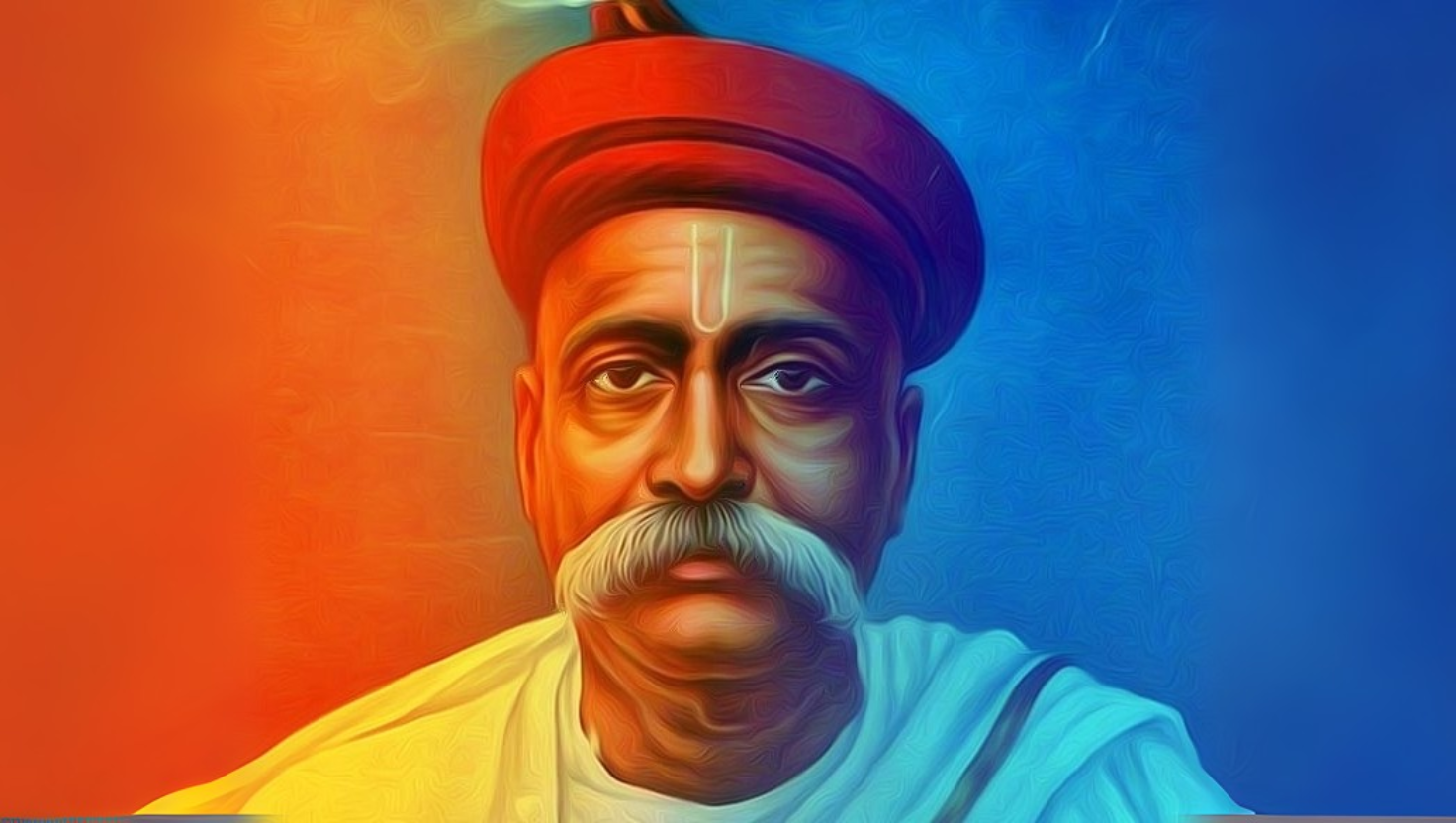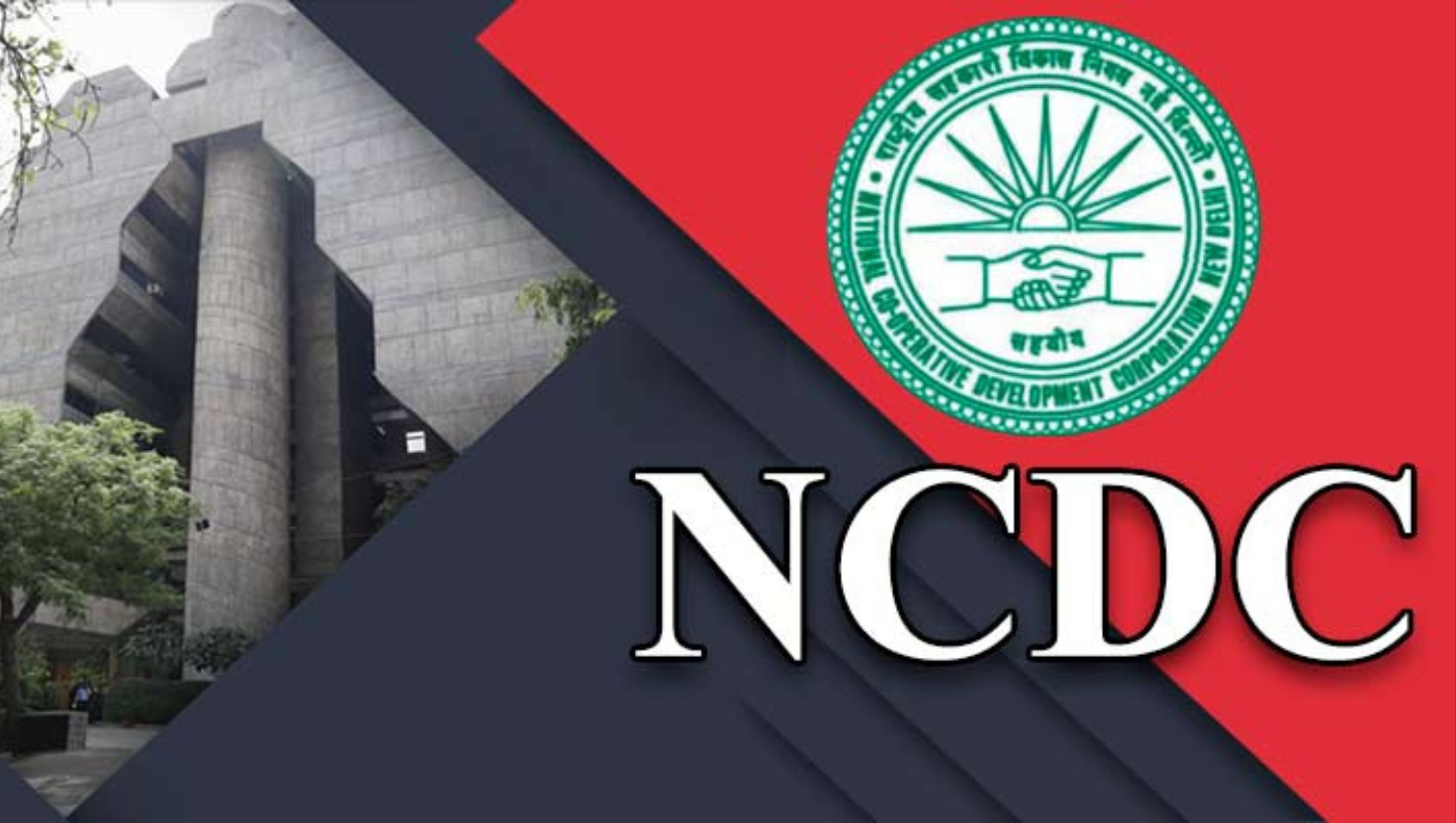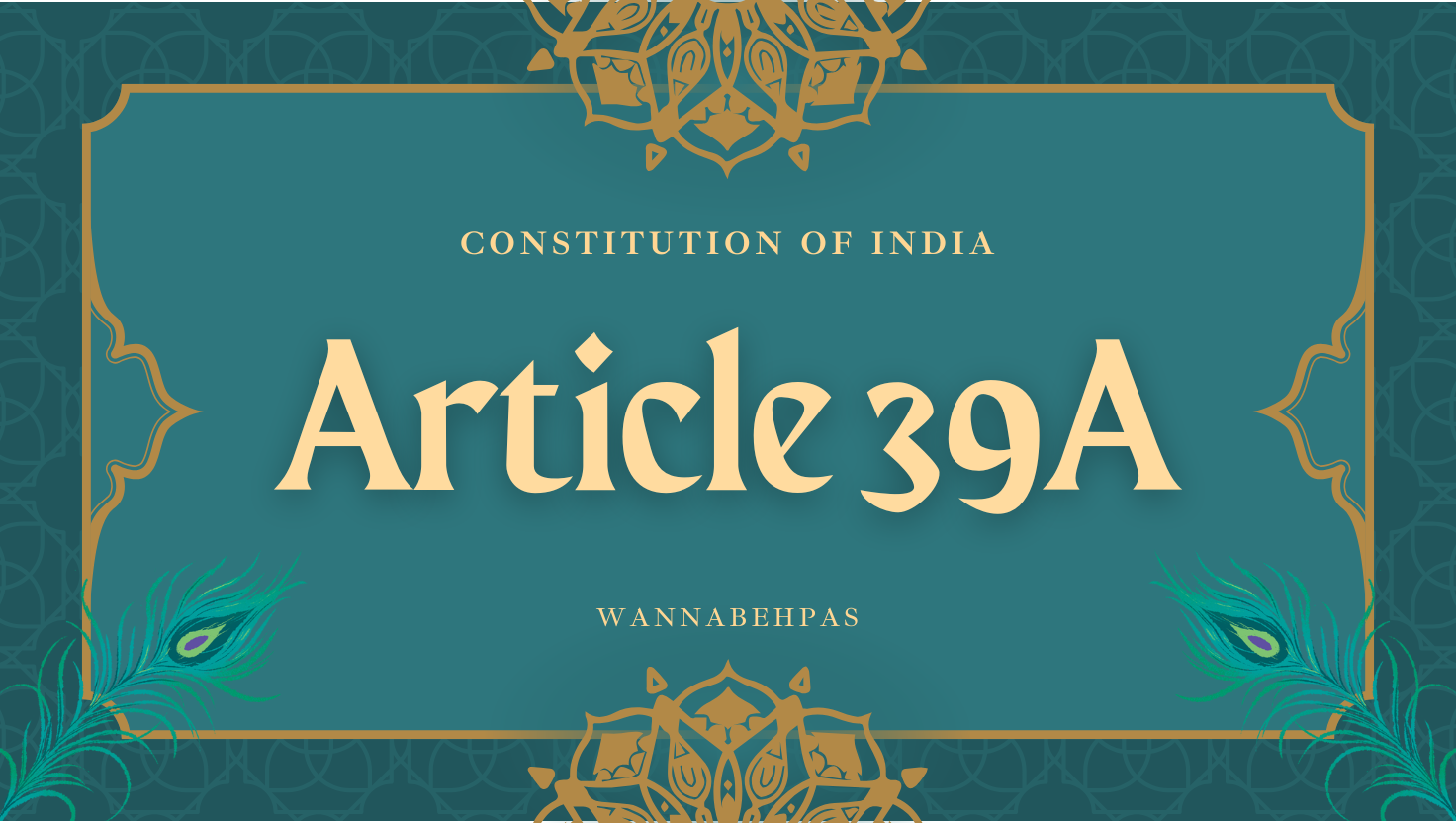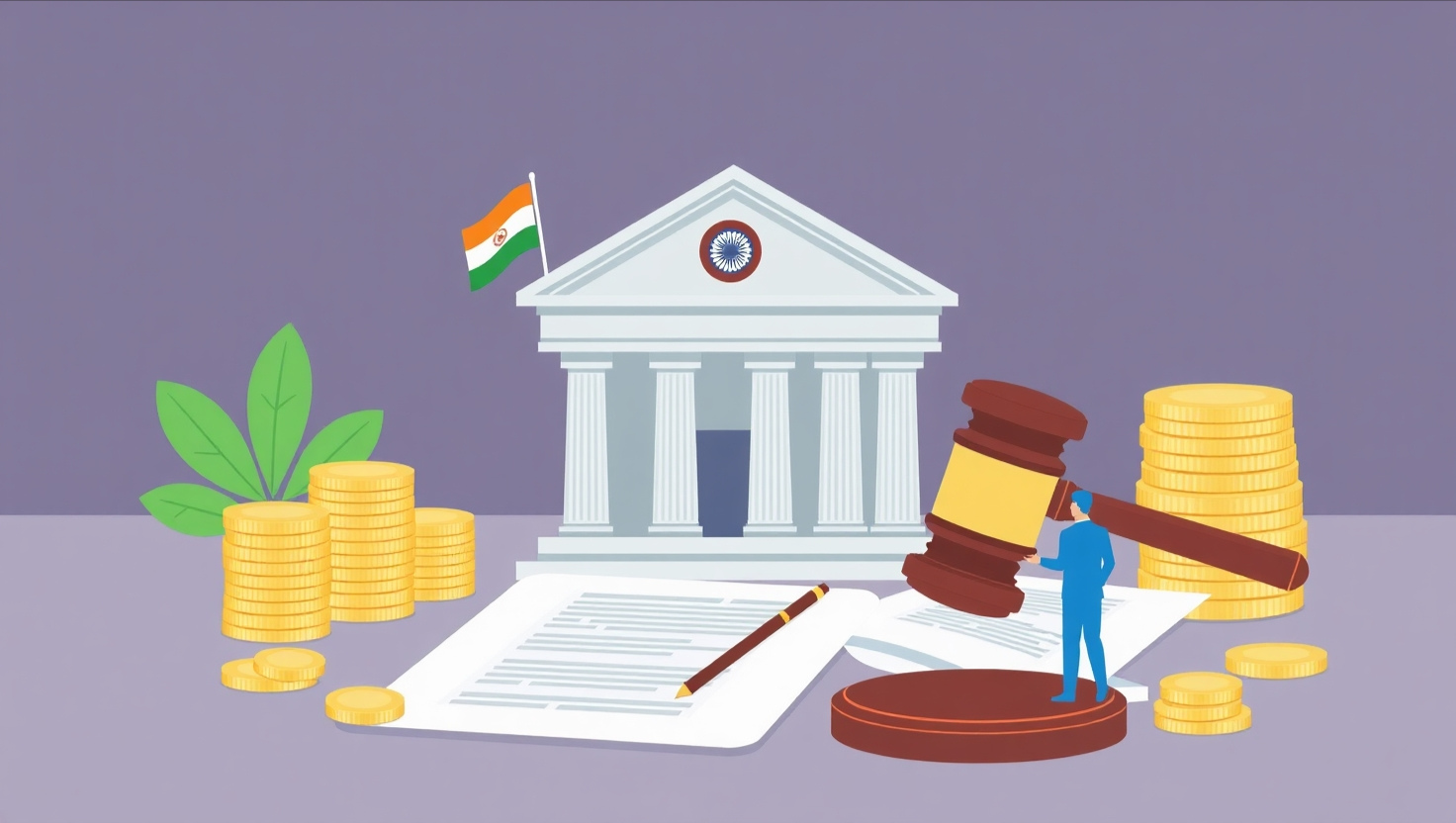Legal Aid Services and NALSA
Syllabus: Indian Polity (UPSC GS II)
Source: The Hindu
Context
The India Justice Report 2025 reveals that only 15.5 lakh people availed legal aid in 2023–24, despite nearly 80% of India’s population being eligible. This points to serious gaps in the outreach, resource use, and effectiveness of the National Legal Services Authority (NALSA).
What is NALSA?
The National Legal Services Authority (NALSA) is a statutory body established under the Legal Services Authorities Act, 1987. It aims to provide free and competent legal services to the weaker sections of society.
- Established: 1995
- Patron-in-Chief: Chief Justice of India
- Key Responsibilities:
- Frame policies for legal aid delivery
- Supervise State and District Legal Services Authorities (SLSAs and DLSAs)
- Organise Lok Adalats and legal awareness drives
- Promote Alternate Dispute Resolution (ADR) methods
- Provide legal aid under Section 12 to SCs/STs, women, children, disabled persons, economically weaker sections, and prisoners
Major Initiatives by NALSA
- Legal Aid Defence Counsel Scheme (2022): Provides dedicated defence counsel in 610 districts
- Para-Legal Volunteers (PLVs): Trained community workers to promote legal awareness and dispute resolution
- Permanent Lok Adalats: Resolve cases before and during litigation with a focus on conciliation
- Legal Literacy Clubs: Set up in schools and colleges to educate youth on legal rights
- Jail Legal Aid Clinics: Provide legal assistance to undertrials and convicted prisoners
- Special Schemes: Tailored legal aid for transgender persons, disaster victims, factory workers, and those in custody
Key Challenges
- Low Budget Allocation: Legal aid receives less than 1% of the total justice budget. NALSA’s funding dropped from ₹207 crore (2017–18) to ₹169 crore (2022–23)
- Underutilised Funds: Fund utilisation decreased from 75% to 59% due to procedural hurdles
- Declining Human Resources: PLV numbers fell by 38% (2019–2024), with low honorariums in many states
- Limited Reach: One legal aid clinic for every 163 villages; per capita legal aid spending varies between ₹2 and ₹16
- Perception Gap: Legal aid services are often viewed as inferior to private legal counsel
- Centralised Control: SLSAs require approval for even basic spending like hiring or awareness programmes
The Way Forward
- Increase Funding: Allocate at least 2–3% of the justice budget for legal aid with more flexible spending norms
- Empower PLVs: Provide fair honorariums, skill-based deployment, and continuous training
- Decentralise Operations: Delegate more authority to DLSAs for faster, grassroots-level implementation
- Improve Digital Oversight: Create a nationwide legal aid portal to track services, delays, and outcomes
- Scale Proven Models: Expand LADC Scheme and Lok Adalats based on regional needs and independent evaluations
Conclusion
Legal aid is a constitutional promise under Article 39A, ensuring justice for all regardless of economic or social status. However, underfunding, operational inefficiencies, and trust issues hamper NALSA’s potential. Strengthening legal aid systems is essential to promote access to justice and uphold the rule of law in a democratic society.

